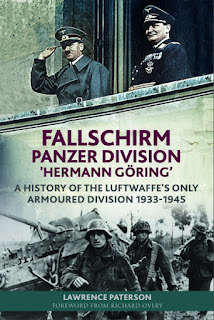Revolting Recipes From History written by Seren Charrington Holmes and
published by Pen & Sword Books - £20.00 - Hardback - Pages 208
Writer and food historian, Seren Charrington-Hollins delves into the history of culinary experimentation to bring us some of the weirdest and most stomach-churning food delicacies to ever grace a dining table. She uncovers the rather gruesome history behind some everyday staples, reveals bizarre and curious recipes, whilst casting a light on foods that have fallen from culinary grace, such as cows udders and tripe; showing that revulsion is just a matter of taste, times and perhaps knowledge.
From pickled brains to headcheese, through to song birds and nymphs thighs, this book explores foods that have evoked disgust and delight in diners depending on culinary perspective.
So pull up a chair, unfold your napkin and get ready for a highly entertaining and enlightening journey to explore what makes a recipe revolting? Be warned; you’ll need a strong stomach and an open mind.
Probably not a book to read before your evening meal or if like me you could easily become a vegetarian. Split into ten chapters, this book covers the lot in various chapters meat, fish, veg, animals long out of fashion and even whatever you can find in your garden. You name it someone’s tried to eat it including swans, owls, turtles, wasps, mice and the list can go on, if you could stick it in your mouth it very much seems someone has tried to turn it into a meal or certainly tried cooking it.
Although quite a bit of this book has turned my stomach it seems in many ways. I have really enjoyed reading it, after all it’s always fascinating to see how other people live or used to live and looking at how people ate is an important thing and goes to show how much somethings were in abundance but no longer are. A huge amount of research must have gone into this book and credit to the author who has written a fascinating book.
What this book has bought back to me is to be thankful for present day food hygiene standards, when you see the conditions of some of the meat hanging outside shops next to a busy road. It would seem that people in history must have had strong stomachs and to be honest what this book has done has bought back my memories of eating things I would rather forget about like haggis, liver and squid. I would greatly recommend this book to others who want an off the wall read of a great book.


.jpg)


.jpg)




.jpg)
.jpg)